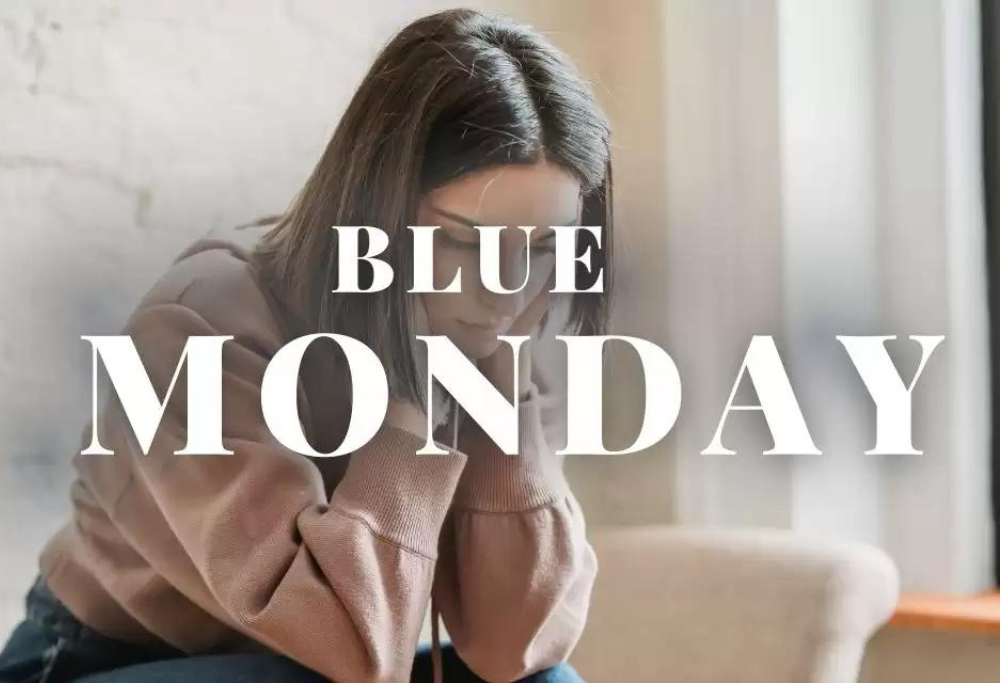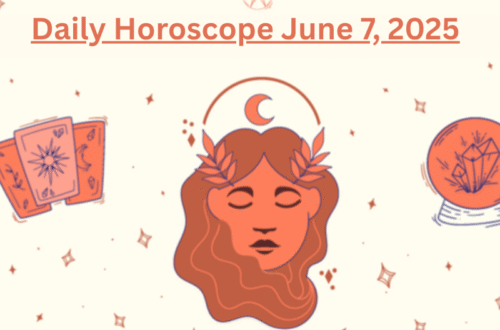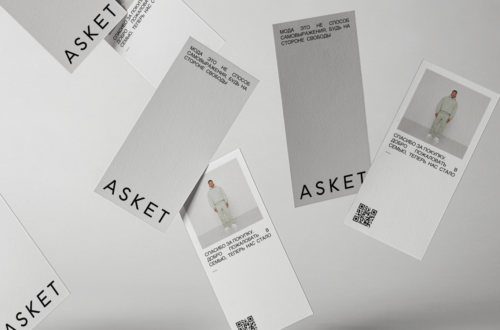Unmasking Blue Monday: Navigating the Alleged Saddest Day of the Year
Is Blue Monday truly the saddest day, or is it a psychological myth? This blog aims to dissect the origins, scientific underpinnings, and societal implications of the concept, offering readers a comprehensive exploration of this designated gloomy day.
Origins of Blue Monday
Blue Monday was introduced as part of a marketing campaign, claiming to be the most depressing day of the year. In 2005, a now-discredited formula factored in variables like weather conditions, debt levels, and motivational levels, creating a pseudo-scientific basis for deeming the third Monday of January as exceptionally gloomy. Despite its dubious origin, the concept gained traction in popular culture and media narratives.
Scientific Basis and Seasonal Affective Disorder (SAD)
Examining the scientific aspects, we delve into the potential impact of weather and seasonal changes on mood, considering the prevalence of Seasonal Affective Disorder (SAD). While winter blues are a recognized phenomenon, the designation of a specific day as the saddest is debated within the scientific community. Understanding the broader context of SAD allows readers to critically assess the validity of Blue Monday.
Psychological Factors at Play
Beyond external influences, psychological elements contribute to the perception of Blue Monday. The post-holiday letdown, financial stress, and the psychological toll of returning to routine are explored in the context of this designated day. Unpacking these factors helps readers recognize the intricate interplay of emotions during the winter months.
Critiques and Debunking
While Blue Monday has gained cultural significance, critics argue that it lacks empirical support and is a pseudoscience concept. The formula used to determine this day has faced scrutiny, with many experts asserting that the designation oversimplifies the complexities of mental health. This section presents alternative viewpoints on understanding and addressing mental well-being in January, encouraging readers to approach the topic critically.
Navigating January Blues
Regardless of the validity of Blue Monday, January can be a challenging month for many. In this section, we provide practical tips and strategies to help readers navigate the potential blues associated with this time of year. Fostering a proactive approach to mental well-being, we emphasize the importance of self-care, social connections, and seeking professional support when needed.
Cultural Variances in Seasonal Impact
Explore how cultural differences influence the perception of Blue Monday. Some regions may not experience the same seasonal changes or associate January with gloom, offering insights into how cultural contexts shape emotional responses during this time.
Technological Impact on Mood
Delve into the role of technology and social media in amplifying or alleviating the January blues. The constant connectivity and exposure to curated online content may contribute to feelings of inadequacy or, conversely, provide a source of inspiration and connection.
Impact of New Year’s Resolutions
Investigate how the pressure of New Year’s resolutions and societal expectations for self-improvement may contribute to the perceived melancholy of January. Unpacking the psychological weight of resolutions can shed light on the emotional landscape during this month.
Corporate Wellness Initiatives
Examine how workplaces address the potential downturn in employee morale during January. Corporate wellness programs, initiatives, and flexible policies may play a significant role in mitigating the impact of post-holiday stress and fostering a positive work environment.
Community-Based Solutions
Highlight community-driven efforts to combat the January blues. Local events, support groups, and initiatives that encourage collective well-being can be integral in fostering a sense of belonging and resilience during the winter months. Explore how communities come together to uplift spirits and create a more positive environment.
Conclusion
As we unravel the layers of Blue Monday, it becomes evident that emotions are nuanced and influenced by a myriad of factors. This exploration invites readers to question the societal narrative surrounding the saddest day and encourages a broader conversation about mental health in the context of January. Join us in demystifying Blue Monday and discovering actionable insights for emotional well-being.






